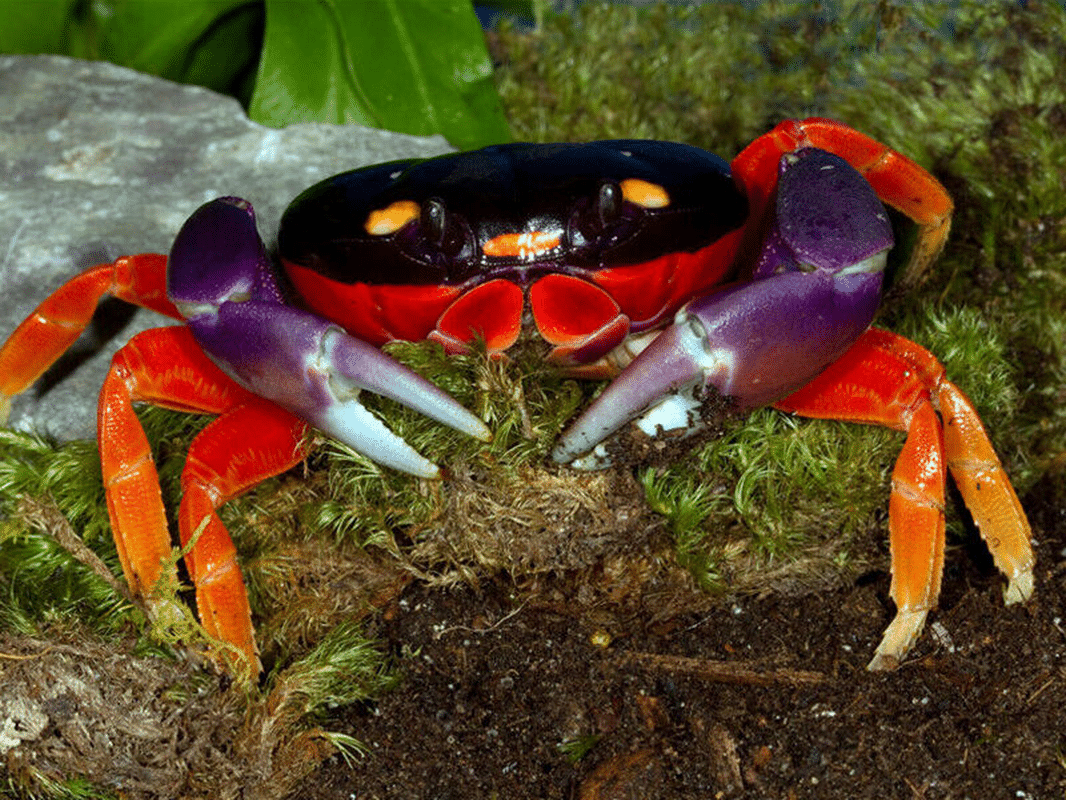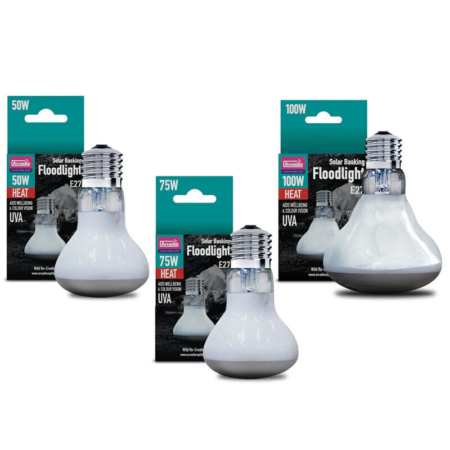Halloween Moon Crab – Gecarcinus Quadratus – Red Land Crab
£81.29
Short Description: The Halloween Moon Crab, scientifically known as Gecarcinus Quadratus, is a vibrant and fascinating species of land crab. With its striking red coloration and unique appearance, this crab is a perfect addition to any Halloween-themed aquarium or terrarium. Shop now for this captivating Red Land Crab.
1022 in stock
Attributes: Halloween Moon Crab – Gecarcinus Quadratus – Red Land Crab
Short Description: The Halloween Moon Crab, scientifically known as Gecarcinus Quadratus, is a vibrant and fascinating species of land crab. With its striking red coloration and unique appearance, this crab is a perfect addition to any Halloween-themed aquarium or terrarium.
Product Categories: Crab, Fish
Secure Transit: Our 24-hour courier service ensures your fish arrive safely with poly boxes and heat packs during colder months.
Shipping Convenience: Combine multiple items in one order to streamline shipping.
Dead on Arrival (DOA) Policy: Should any fish arrive deceased, promptly inform us with photographic evidence, and we will refund you or send you a replacement.
Product Description:
Scientific and Common Names: The Halloween Moon Crab, also known as Gecarcinus Quadratus or Red Land Crab, is a species of land crab native to the Pacific coast of Central America.
Habitat: These crabs are primarily found in coastal regions, including mangroves, estuaries, and sandy beaches. They are known for their ability to adapt to both terrestrial and aquatic environments.
Tank Setup: To provide a suitable habitat for the Halloween Moon Crab, a terrarium or aquarium with a secure lid is recommended. The enclosure should include a mix of land and water areas, with a shallow water dish for the crab to submerge in. Decorative elements such as rocks, driftwood, and plants can be added to create a naturalistic environment.
Diet and Nutrition: Halloween Moon Crabs are omnivorous and have a varied diet. They consume both plant matter, such as fruits, vegetables, and leaf litter, as well as small invertebrates and carrion. It is important to provide a balanced diet that includes a mix of protein and vegetation.
Size and Growth Rate: Adult Halloween Moon Crabs can reach a size of up to 4 inches in carapace width. They undergo molting, shedding their exoskeleton, to grow larger. The growth rate can vary depending on factors such as diet, temperature, and overall health.
Behavioral Traits: These crabs are known for their active and curious nature. They are excellent climbers and diggers, often creating burrows in their habitat. Halloween Moon Crabs are also known to be territorial and may display aggressive behavior towards other crabs.
Care Level: The care level for Halloween Moon Crabs is considered moderate. They require a well-maintained habitat with proper temperature and humidity levels. Regular monitoring of water quality and cleanliness is essential for their well-being.
Breeding and Reproduction: Breeding Halloween Moon Crabs in captivity can be challenging. It typically requires a larger enclosure with multiple crabs and specific environmental conditions. Females carry their eggs externally until they hatch into larvae, which then transition into the water.
Health and Disease Prevention: Maintaining optimal water conditions, providing a balanced diet, and regular observation of the crab’s behavior are crucial for their overall health. It is important to monitor for signs of stress, disease, or injury, and promptly address any issues that arise.
Optimal Water Conditions: Halloween Moon Crabs require a humid environment with access to both fresh and saltwater. The temperature should be maintained between 75-85°F (24-29°C), and the humidity level should be around 70-80%.
Lifespan: With proper care, Halloween Moon Crabs can live for several years in captivity. The average lifespan is around 5-8 years, although some individuals have been known to live longer.
Additional Interesting Facts:
1. The Halloween Moon Crab gets its name from its vibrant red coloration, resembling the colors associated with Halloween.
2. These crabs are known for their ability to climb trees and even swim in water.
3. Halloween Moon Crabs have specialized gills that allow them to breathe both in water and on land.
4. They are primarily nocturnal, being most active during the night.
5. Halloween Moon Crabs have a unique molting process where they shed their exoskeleton to grow larger.
6. In their natural habitat, these crabs play an important role in maintaining the ecosystem by scavenging and consuming organic matter.













Reviews
There are no reviews yet.